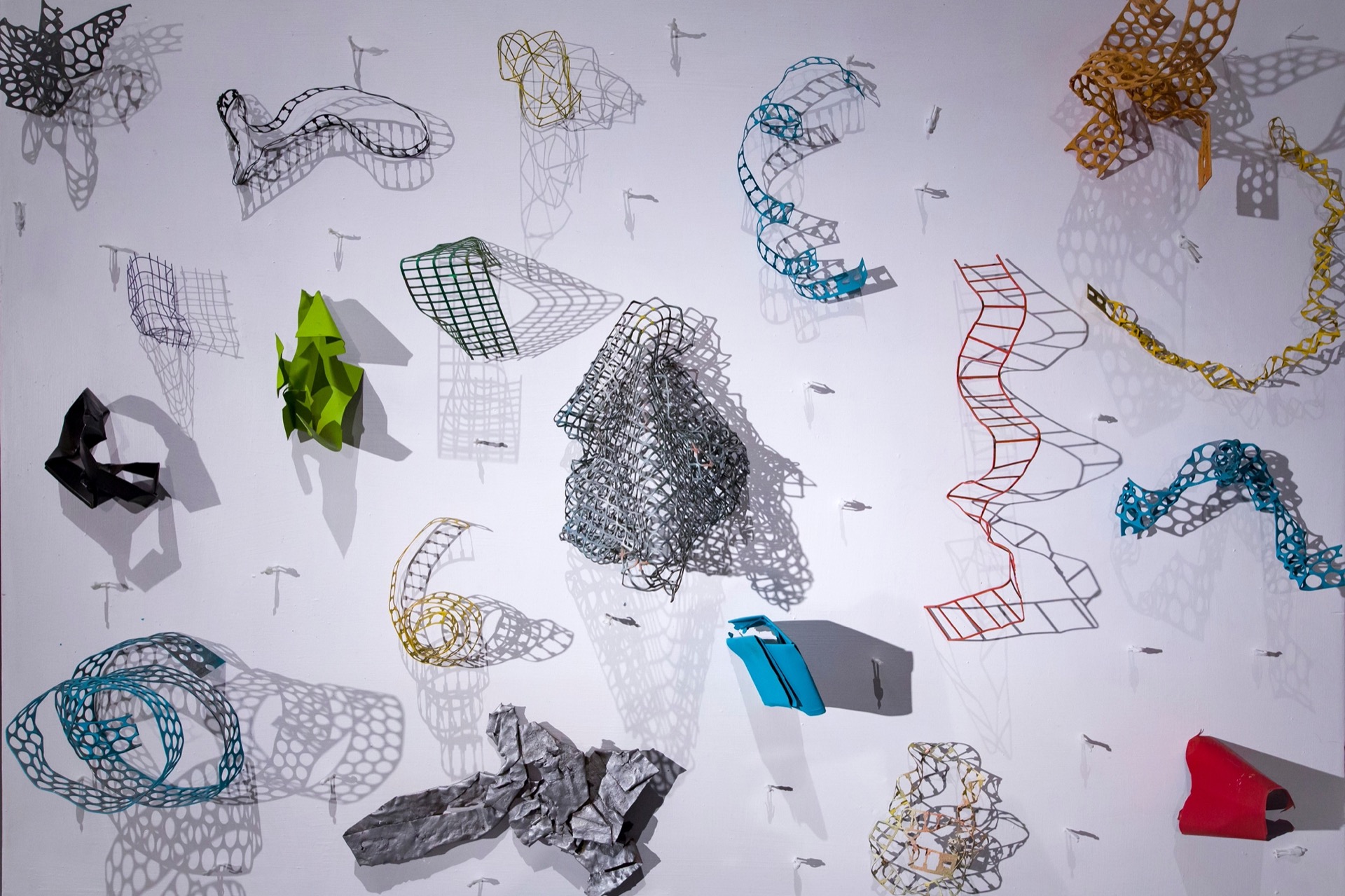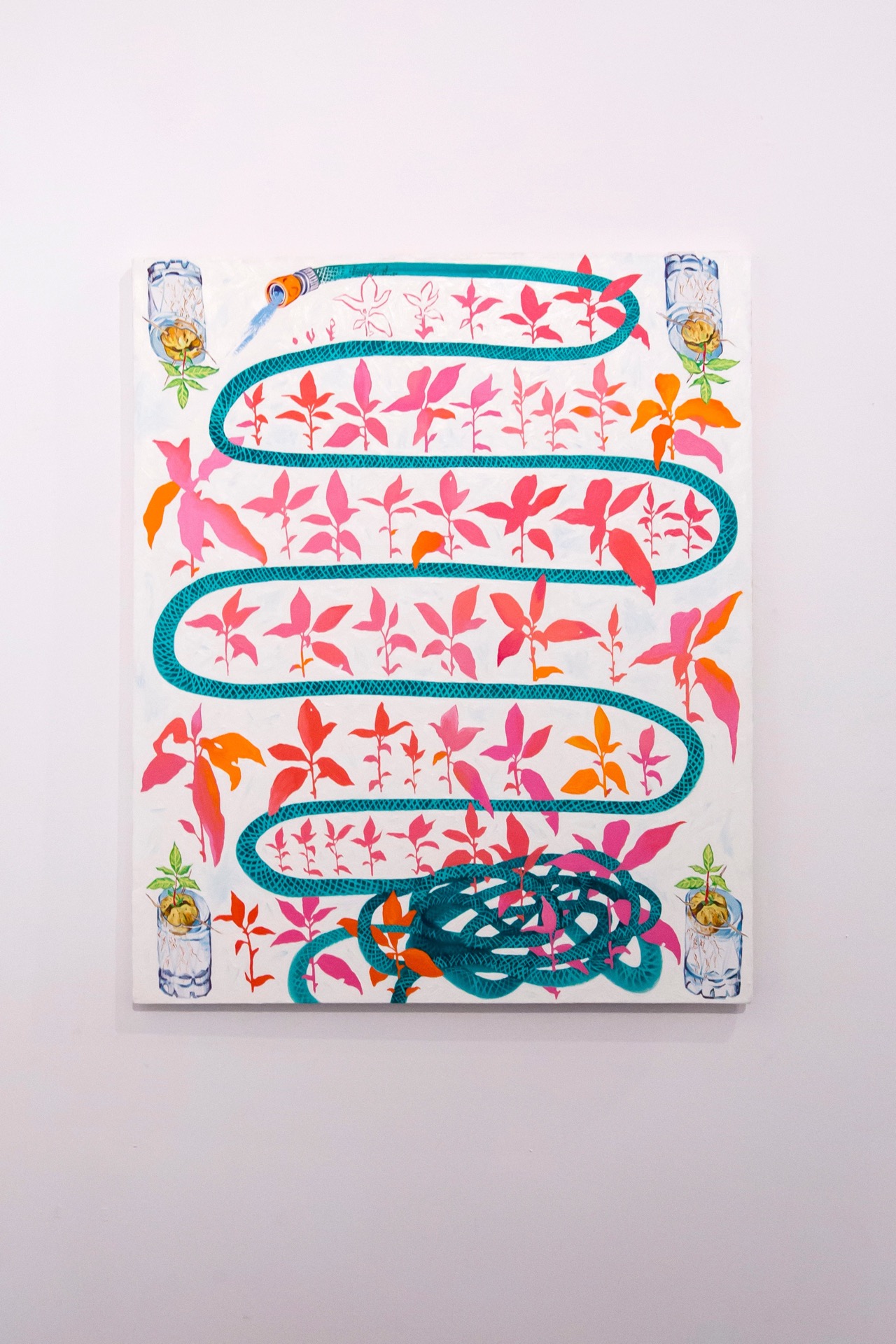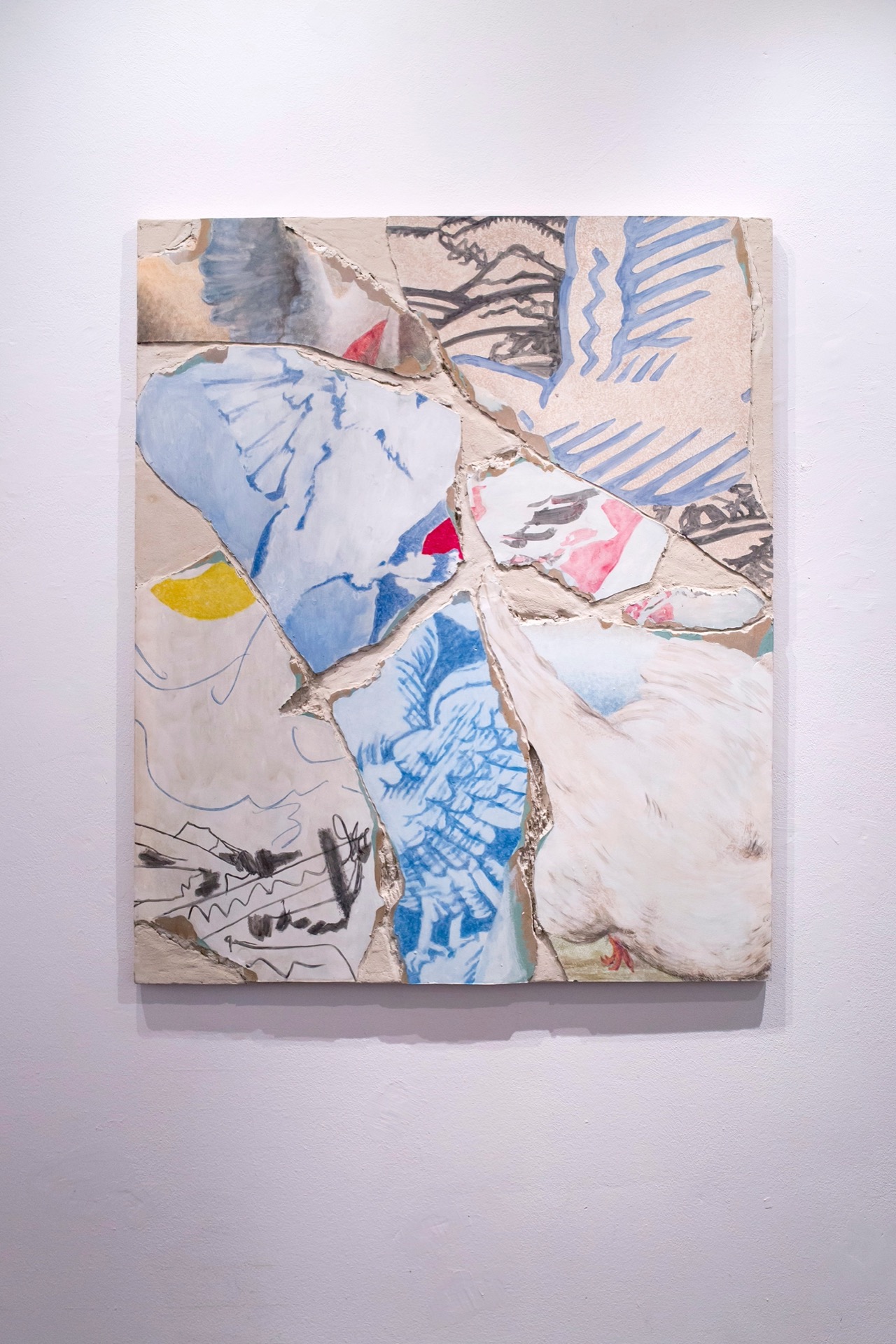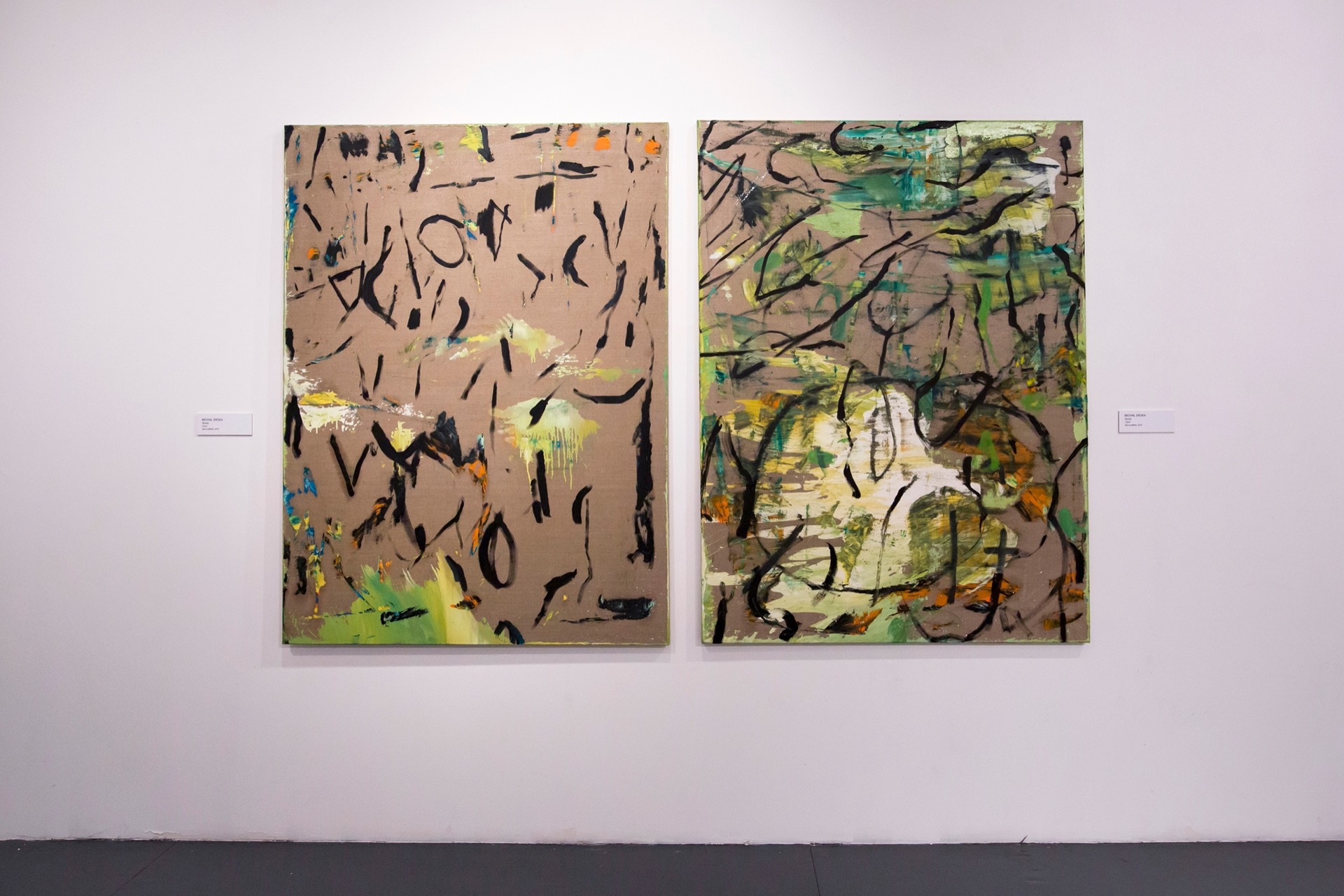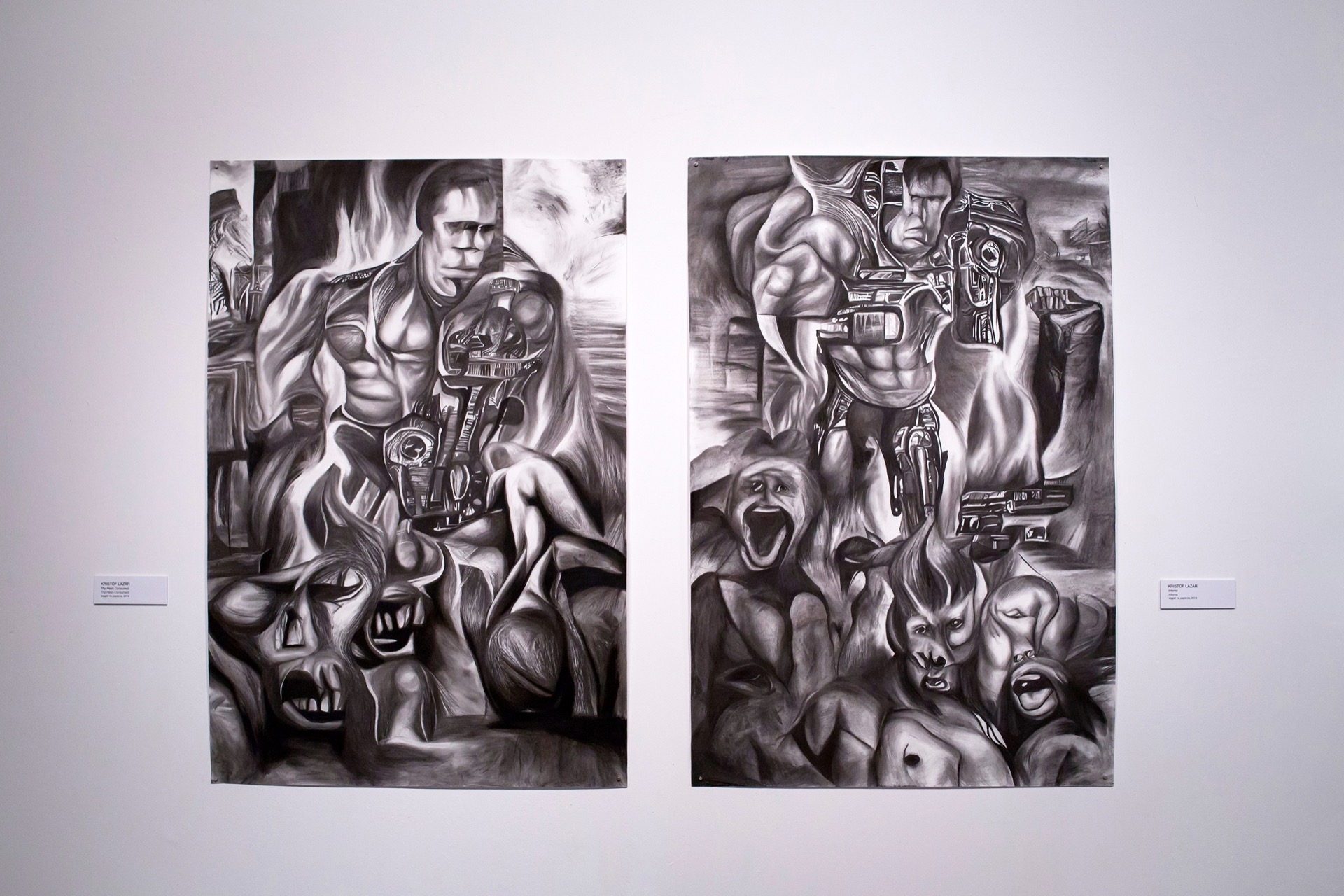ECHO
Tarnów, 12.02.2023 - 15.03. 2023
ARTISTS:
Bencs Daniel
Bencs Máté
Filip Rybkowski
Lázár Kristóf
Michał Sroka
Michał Zawada
Németh Dávid
Németh László
Szalay Krisztina
Üveges Mónika
CURATOR:
Tímea Fülöp
Bencs Daniel
Bencs Máté
Filip Rybkowski
Lázár Kristóf
Michał Sroka
Michał Zawada
Németh Dávid
Németh László
Szalay Krisztina
Üveges Mónika
CURATOR:
Tímea Fülöp
The collective
exhibition ECHO is another (third) installment of cooperation between groups,
organizations created by male and female artists: Polish (Piana Gallery) and
Hungarian (Skurc Group); combining their different experiences and
possibilities for self-organization. The project, based on the exchange of
experiences and joint action, aims to bring geographically distant
organizations closer together, building a field of cooperation outside the
institutional system.
The first part of the Polish-Hungarian project took place in Budapest, at the end of October 2022, the second installment in Krakow in December 2022. The third installment is presented in Tarnow - the city of birth of General Jozef Bem, the hero of Poland and Hungary; in the Office of Art Exhibitions located in Strzelecki Park, next to General Bem's mausoleum.
Artist-run spaces are created in the cracks of the institutional system. They are driven by the need to revitalize the art scene. With the birth of spaces nonprofit, art becomes decentralized, the voices of new communities are heard through the internal support of small communities.
Countless words have been written about artist-run spaces, initiatives that have existed since at least the 19th century (Courbet's Realism Pavilion, for example) and extended into the 20th century as well. Stuck between the institutional and commercial art worlds, artists to this day rightly want to take matters into their own hands, creating what Lotte van Geijn calls the "top layer of the art world," or reversing the metaphor, what we like to think of as the roots of the art infrastructure: opportunities to show art that are to some extent freed from both market obligations and state propaganda.
Historical research also points to links between so-called "independent" spaces and the boon of subsidies. Many observers realize that there is a dialectic at work here: one that disrupts the anti-establishment and marginal role of artist-run spaces as an instrument for identifying rising artistic values. A dialectic that can throw the outsider into the circuit of the commercial system.
There are also social and political criticisms of artist-run spaces. But they do not stop the positivity characteristic of such ventures. Some places have taken on the task of archiving their own history. They reconfigure the art scene by building networks parallel to the dominant art world, represented by the art market and museums, since the porous nature of the boundaries of these two worlds never leads to the complete absorption of one by the other. In terms of content, they have provided tools for the dissemination of new art forms, promoted new forms related to music, dance, video and performance, and contributed to the promotion of art books as an alternative form of expression. Even when these experiences are universal, the geographically distant artist-run spaces are very different. They serve the same purposes in different ways, as they must adapt to specific social and economic conditions that vary from country to country, city to city, and often even neighborhood to neighborhood.
The exhibition is under the honorary patronage of the Hungarian Consulate
The first part of the Polish-Hungarian project took place in Budapest, at the end of October 2022, the second installment in Krakow in December 2022. The third installment is presented in Tarnow - the city of birth of General Jozef Bem, the hero of Poland and Hungary; in the Office of Art Exhibitions located in Strzelecki Park, next to General Bem's mausoleum.
Artist-run spaces are created in the cracks of the institutional system. They are driven by the need to revitalize the art scene. With the birth of spaces nonprofit, art becomes decentralized, the voices of new communities are heard through the internal support of small communities.
Countless words have been written about artist-run spaces, initiatives that have existed since at least the 19th century (Courbet's Realism Pavilion, for example) and extended into the 20th century as well. Stuck between the institutional and commercial art worlds, artists to this day rightly want to take matters into their own hands, creating what Lotte van Geijn calls the "top layer of the art world," or reversing the metaphor, what we like to think of as the roots of the art infrastructure: opportunities to show art that are to some extent freed from both market obligations and state propaganda.
Historical research also points to links between so-called "independent" spaces and the boon of subsidies. Many observers realize that there is a dialectic at work here: one that disrupts the anti-establishment and marginal role of artist-run spaces as an instrument for identifying rising artistic values. A dialectic that can throw the outsider into the circuit of the commercial system.
There are also social and political criticisms of artist-run spaces. But they do not stop the positivity characteristic of such ventures. Some places have taken on the task of archiving their own history. They reconfigure the art scene by building networks parallel to the dominant art world, represented by the art market and museums, since the porous nature of the boundaries of these two worlds never leads to the complete absorption of one by the other. In terms of content, they have provided tools for the dissemination of new art forms, promoted new forms related to music, dance, video and performance, and contributed to the promotion of art books as an alternative form of expression. Even when these experiences are universal, the geographically distant artist-run spaces are very different. They serve the same purposes in different ways, as they must adapt to specific social and economic conditions that vary from country to country, city to city, and often even neighborhood to neighborhood.
The exhibition is under the honorary patronage of the Hungarian Consulate
